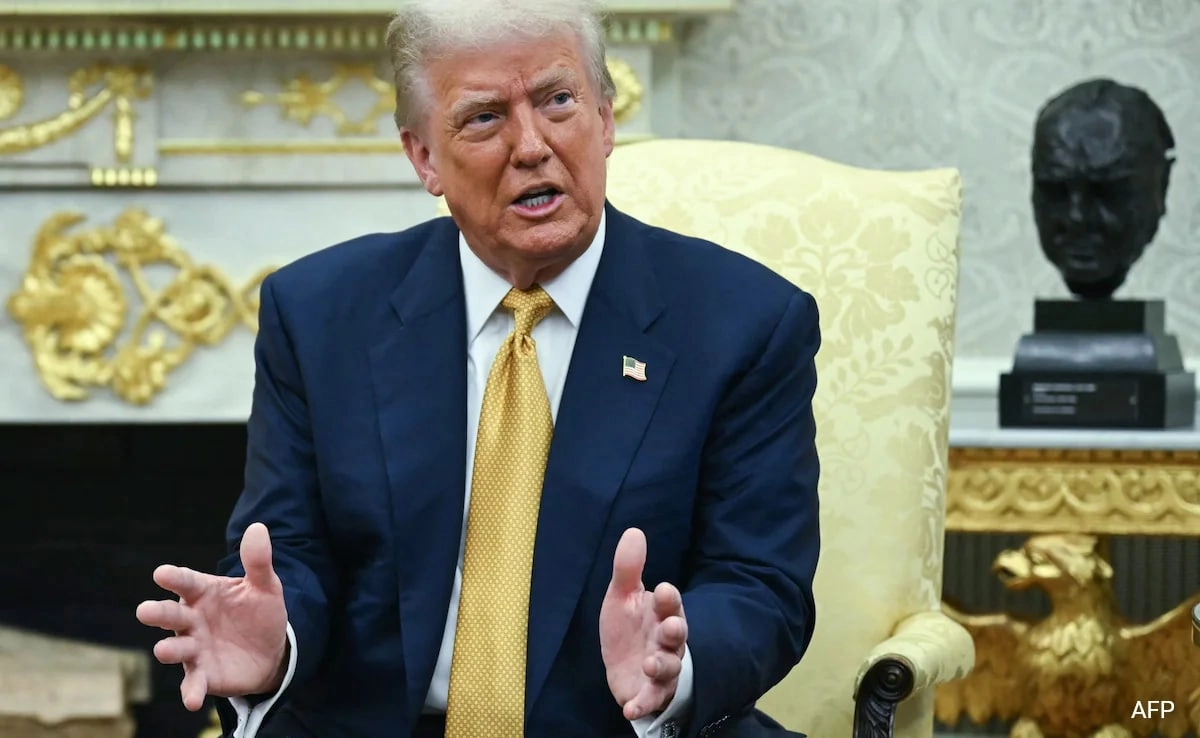In a recent statement, former President Donald Trump expressed his views on the potential for a trade deal with the European Union, describing the likelihood of such an agreement as “50-50 or less.” This remark reflects Trump’s ongoing skepticism regarding international trade arrangements, particularly those involving the EU, which he has historically criticized for its trade practices. The former president’s perspective suggests that while negotiations may be possible, the chances of reaching a mutually beneficial agreement are uncertain at best.
Trump’s administration was marked by a focus on prioritizing American interests in trade, often leading to confrontations with various international partners. His approach to trade deals was characterized by a willingness to impose tariffs and engage in aggressive negotiations to ensure that the United States secured better terms. In this context, Trump’s comment about the EU trade deal underscores his belief that any agreement must significantly favor American workers and industries. This stance resonates with his base, which views trade negotiations through the lens of job preservation and economic nationalism.
Furthermore, the complexities of the EU’s regulatory environment and its commitment to various standards and agreements can complicate negotiations. Trump’s skepticism might also stem from a broader strategic consideration of how trade deals align with U.S. foreign policy and economic goals. As the global economy continues to evolve, the implications of such a potential trade deal with the EU could have far-reaching effects, not only for the U.S. but also for European economies and their relationships with other global players.
In summary, Trump’s assertion about the slim prospects of a trade deal with the European Union highlights the intricate dynamics of international trade negotiations. It reflects his overarching philosophy of prioritizing American interests, which has been a hallmark of his political brand. The future of U.S.-EU trade relations remains uncertain, with numerous factors influencing the potential for reaching an agreement that satisfies both parties involved. As discussions continue, it will be essential to monitor how political, economic, and social factors shape the landscape of international trade in the coming years.




